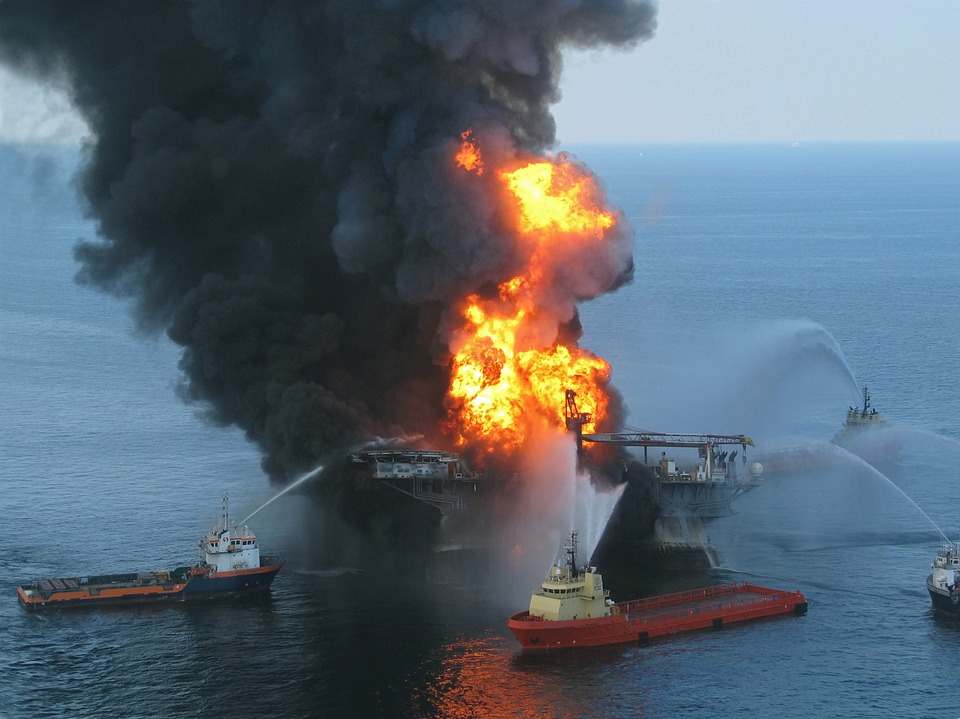
Dangers of gas explosions on boats
A ‘crash test’ by Yachting Monthly highlighted the dangers of gas explosions on boats, which can be catastrophic for the vessel and fatal to crew and passengers.
In a Yachting Monthly article describing the test, Chris Beeson wrote: “A gas explosion is in a different league. It’s unpredictable and there are no half measures. You either survive or you don’t.”
The publication carried out a series of crash tests and found there are usually coping mechanisms, for example in the case of a fire onboard, or if the vessel sinks or capsizes.
But in their gas explosion test, they found the leg of one crash test dummy detached and floating in the water, while the torso was cut in two.
Survivors would have found it difficult to escape the vessel. Almost every internal structure had been severely damaged, and the side decks were no longer attached to the hull.
What happens in a boat gas explosion?
The explosion occurred in two very rapid phases. The first was a shockwave caused by the detonation of the gas and air mixture and its subsequent expansion.
Ignition then created a fireball burning at 3,000 degrees Celsius but lasting for under 0.2 seconds.
Yachting Monthly had removed much of the flammable material from their test boat, so there were no distress flares, fuel or engine oil to catch light.
But the shockwave alone was enough to cause substantial structural damage, demolishing the interior cabin and smashing the upper deck into non-existence.
How to prevent gas explosions on boats
The best way to prevent gas explosions on boats is to prevent gas leaks on boats – removing the fuel required to ignite a blast.
Pilot Gas Alarms provide continual monitoring of potential gas leaks in the boat cabin, and can be equipped with automatic solenoid gas valves to shut off the supply if a leak is detected.
Multiple sensors can be used to monitor different parts of the cabin and should be placed where any leaking gas would be most likely to accumulate.
With an automatic solenoid gas valve positioned as close as possible to the gas supply, any leak can be shut off immediately so it can be investigated safely – removing the risk of leaking gas combining with air to create a potentially explosive vapour.

